Recently while browsing the blogs of my fellow class mates, I came across Serena’s blog that discussed the popularity of KFC in China.
In her blog Serena states that unlike the McDonald trend in Canada, Chinese people really love KFC and there are more KFC stores than McDonalds. Serena identifies KFC’s success because of their branding, selling a healthier alternative of fast food. I have the same observation.
When I went back to China last summer, I experienced both McDonald and KFC. While McDonald stayed mostly true to their North American roots by have an almost identical menu with few variations to the different taste of its consumers, KFC really surprised me.

What struck me the most was the breakfast menu, while there are more American options like hash browns , sausages and egg, there are also some traditional asian breakfast options like congee, soy milk, milk tea and radish pancakes. This approach gives people options to choose, it also successfully caters to the needs of its clients. KFC has successfully targeted and has a full understanding of the needs of the market. By diversifying its products to fit the taste and needs of its customers.
KFC also identifies itself as a healthier alternative of fast food, catering to the concern of Chinese parents. They have really customized their product to fit the needs of consumers creating a new trend and new type of fast food that is differentiated and popular in China.
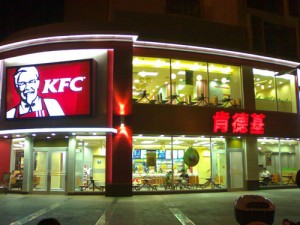

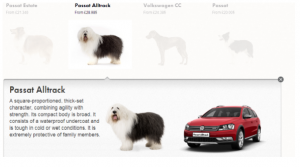
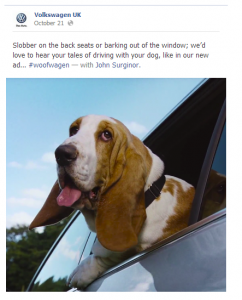
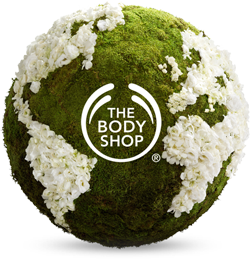

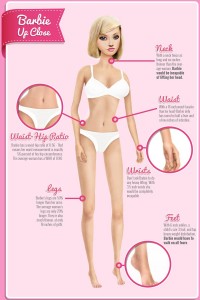





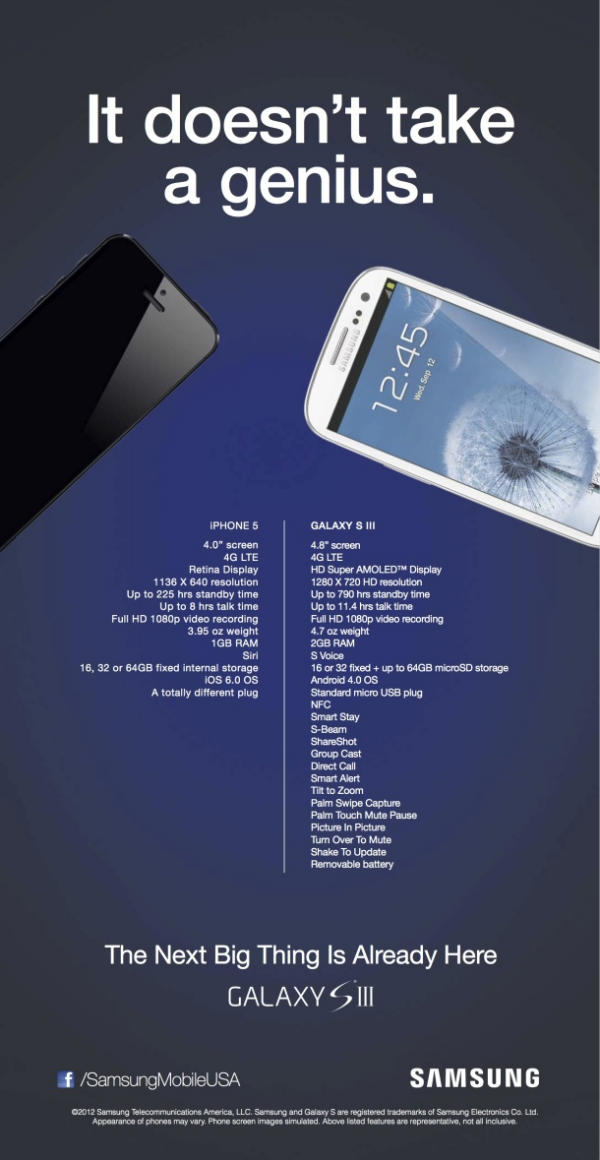
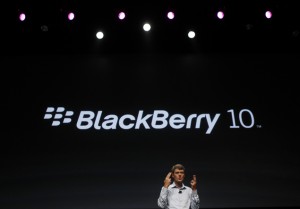 With the new and innovative technology, and rapid consumer taste changes is Black Berry really losing the game? Recently, RIM the company which produced the Black Berry is introducing a new line of Black Berry 10 devices which will be the framework for growth over the next decade.
With the new and innovative technology, and rapid consumer taste changes is Black Berry really losing the game? Recently, RIM the company which produced the Black Berry is introducing a new line of Black Berry 10 devices which will be the framework for growth over the next decade.
 Another factor that may have consumers second-guess purchasing these cars is the size of a Nano. Being nearly two feet shorter than a BMW Mini, it might be hard for a driver or passengers of a larger built to sit comfortably in the seats. Despite the negative feedback, the CEO of India’s Tata group, Ratan Tata, seems to have confidence. “The US is a very enticing market”, he said, “We hope that the sub-$10,000 car has appeal.”
Another factor that may have consumers second-guess purchasing these cars is the size of a Nano. Being nearly two feet shorter than a BMW Mini, it might be hard for a driver or passengers of a larger built to sit comfortably in the seats. Despite the negative feedback, the CEO of India’s Tata group, Ratan Tata, seems to have confidence. “The US is a very enticing market”, he said, “We hope that the sub-$10,000 car has appeal.”